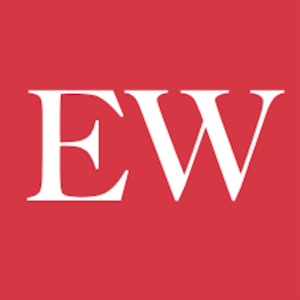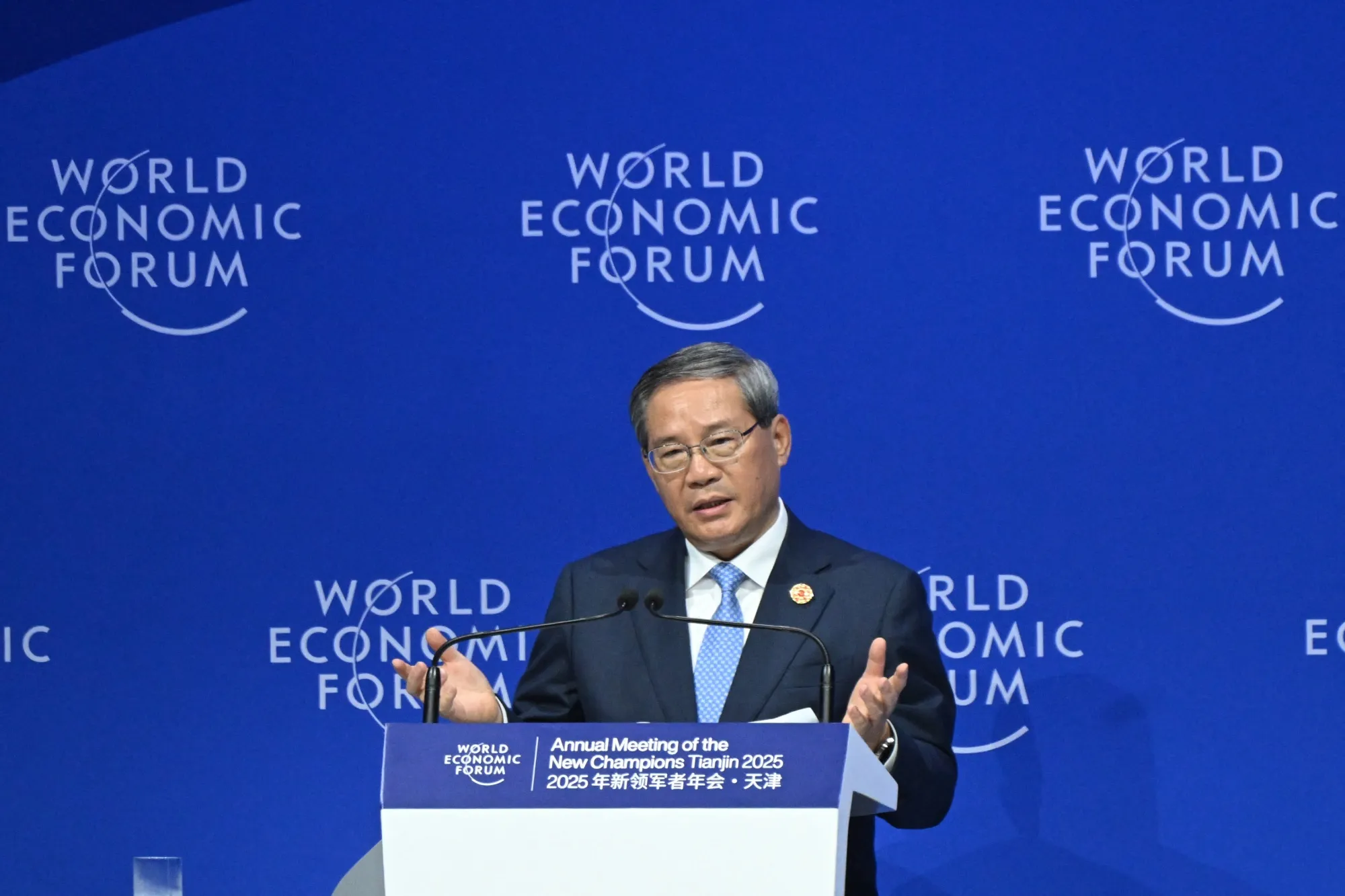Predicting a recession involves analyzing several key economic indicators that signal a downturn. Here are the primary factors to monitor:
- Gross Domestic Product (GDP) Growth
A consistent slowdown or contraction in GDP over two consecutive quarters is a classic definition of a recession. Declining GDP indicates reduced economic activity. - Unemployment Rates
Rising unemployment often precedes or accompanies recessions, reflecting businesses cutting back on labor amid reduced demand. - Consumer Confidence and Spending
Lower consumer confidence can lead to decreased spending, which drives a significant portion of economic growth. A drop in retail sales or durable goods orders signals weakening demand. - Manufacturing Activity
Indicators like the Purchasing Managers’ Index (PMI) measure manufacturing health. A PMI below 50 suggests contraction, which can foreshadow broader economic troubles. - Yield Curve Inversion
When short-term interest rates exceed long-term rates, it signals investor pessimism about near-term growth, often preceding recessions. - Corporate Earnings and Investment
Declining profits and reduced capital expenditures hint that businesses expect tough times ahead, often leading to layoffs and slowed growth. - Credit Conditions
Tighter lending standards and rising default rates can restrict access to capital for consumers and businesses, exacerbating economic slowdowns. - Inflation and Monetary Policy
High inflation may prompt central banks to raise interest rates, which can slow economic activity and potentially trigger recessions.
Monitoring these economic factors together provides a clearer picture of recession risks, helping investors, policymakers, and businesses prepare for potential downturns.














